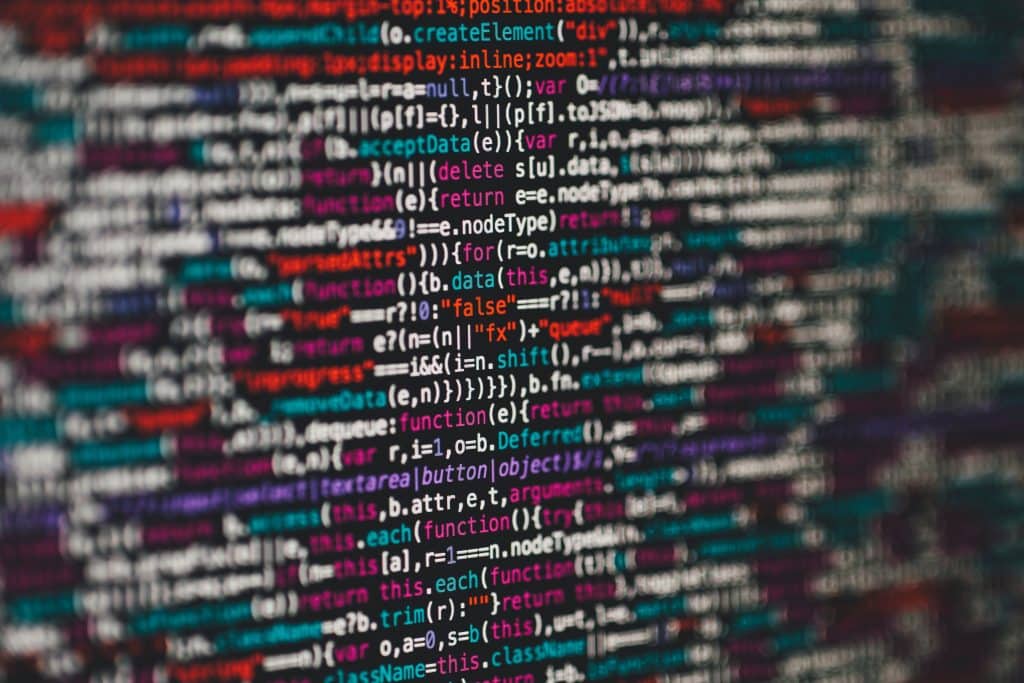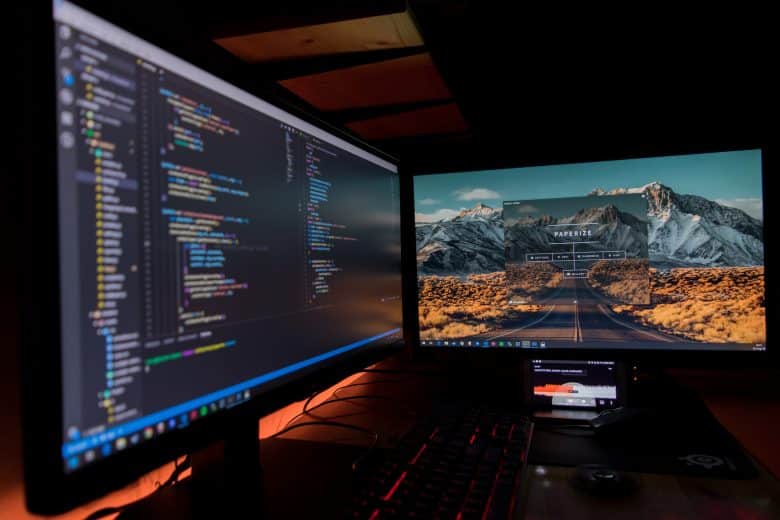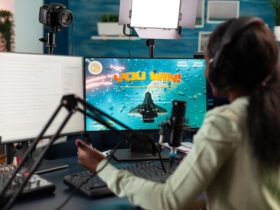It is not surprising that today, software developers aim to reach worldwide coverage for their products. In most cases, to spread the product, you need to localize it properly. Why localization, not translation? The thing is, translation plainly transfers information, while localization keeps in mind the cultural and linguistic peculiarities of the target audience. If you ever considered starting with software localization, here are 10 steps to a successful final product.
1. Know your Target Language
Of course, localization is impossible without a deep and profound knowledge of the target language. Handle software localization as if you were a professional localization company: know the language on the level of native and have a software development background. Understanding how people use the software is a must because it will help you to pick the correct terminology.
2. Learn How to Translate
To learn translation, you need to study for quite some time. There are plenty of online and offline courses that will train you for general translation, IT translation, and others. However, it’s best to start with a general course that will show you the basics.

3. Know the Framework
Framework knowledge plays a great role. It is essential that you know how the software is made to localize properly. You should also be proficient in coding and developing. You should be able to find localizable strings to insert the words in another language. In some cases, you will need additional tools and resources for localization, so consider all of the above before you start localizing.
4. Pay Attention to UI
When you localize, the language may take up more or less space than it did in the source language. The lack of UI flexibility will lead to crowded or indecipherable writings. For example, European languages will naturally take more space than Asian ones. Moreover, such languages as Arabic are read from right to left, so your design should be able to mirror the source UI.
5. Choose Your Tools
Your files for translation should be available for other apps. Transifex or other convenient translation software will help you to process many source file formats. If that doesn’t work, you may have to export resource files in standard XML localization file format or alike.
6. Build a Terminology Glossary
You can always translate your data through a translation app, but it won’t look good for the user. To truly localize your software, build up a terminology glossary that will accurately reflect the commands and text of the software.
7. Translate
Now, you can lightheartedly translate your data without worrying that something will go wrong. Use glossaries, experience, and knowledge to get the best translation result. While translating, be attentive, and minimize all the possible technical mistakes. Mind that the translation can take you plenty of time.

8. Check Quality of Translation
No one can do a perfect translation if this is their first attempt. That’s why you need to thoroughly check the accuracy of your translation. It would be better if an experienced specialist helps you find any mistakes or inconsistencies. Read the best translation services review and see if any company can help you with your final results. Remember, when you localize the first time, it’s better to ask someone to check.
9. Perform a Software QA Test
If you can do quality assurance by yourself, go for it. However, if you are not sure, ask a QA specialist to check if everything runs smoothly. In the course of translation, your UI may be ruined or some parts of the code may be disrupted. Therefore, double-check to be on the safe side.
10. Check with the Help of Natives
The final step is to check your translated software with the help of a group of native speakers. Ideally, they should be users of similar software to see if something sounds weird. They should test all dialogues, button names, etc. and give you feedback. This will essentially help you build glossaries and move on with software localization.
Everyone can be a software localizer if they want. Sure, the path is pretty complicated, but it is possible. To begin with, you need to have software development and target language knowledge. Your localization quality will depend on how well you know your users. Always test your final product with linguists, QA specialists, and natives to make sure it has the best quality ever.
BIO
Mark Blackwood is an IT specialist with profound background and languages. He is currently learning the fifth language and hopes to learn more. Some of Mark’s hobbies are bike riding, traveling, and collecting music.













Leave a Reply